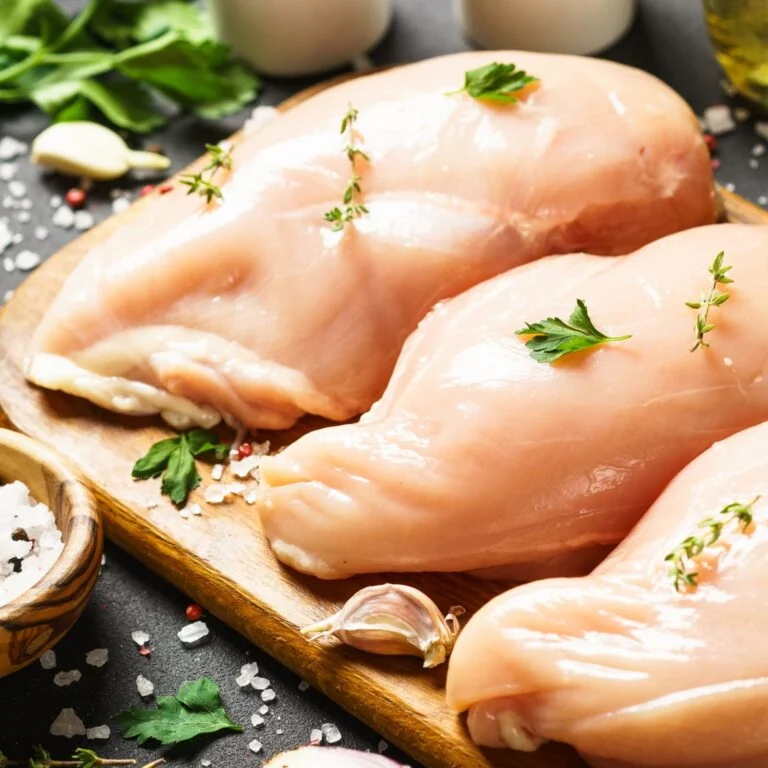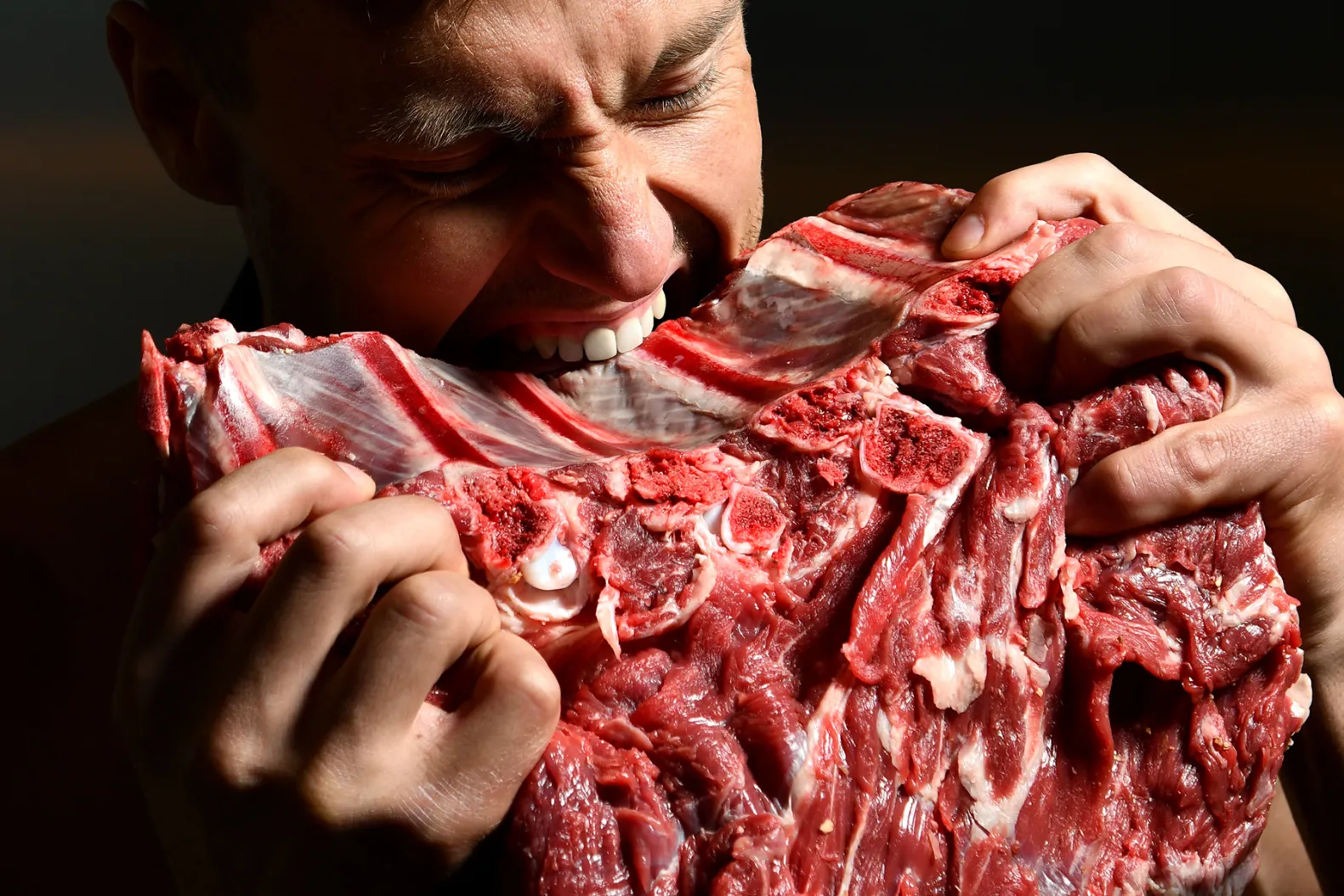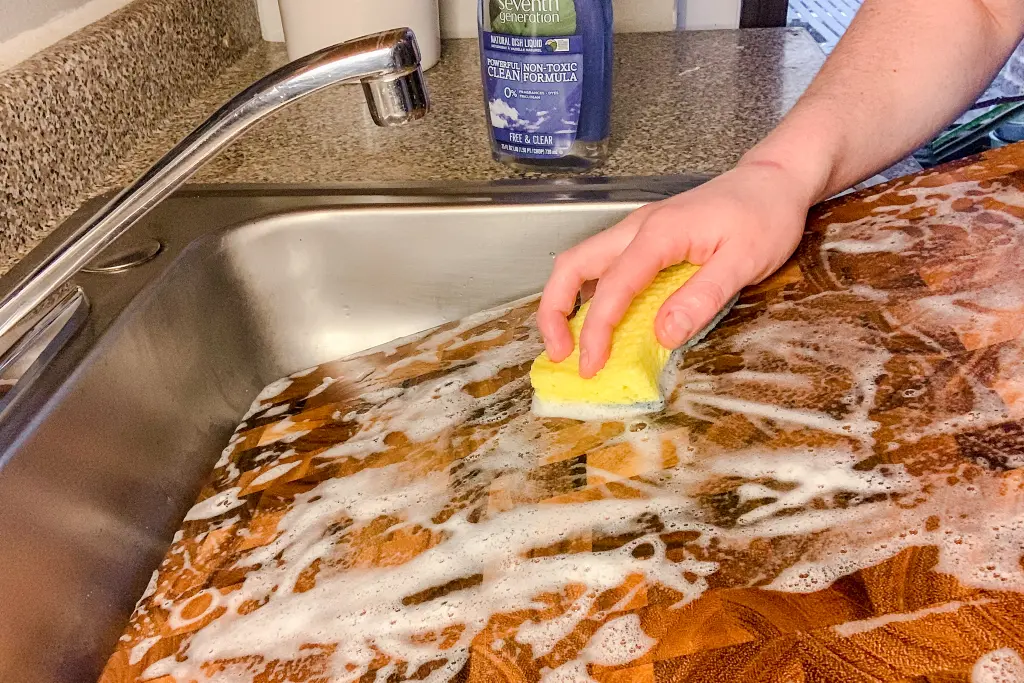Salmonella: Not from Salmon
- Lois Adofowaa Amponsah
- May 28, 2024
- 3 min read
Updated: Nov 6, 2024
Introduction
I don't know about you, but the first time I heard about this microorganism, my assumption was its' association with Salmon. But boy was I wrong. Although I was wrong about its' association with salmon, I am so right about its' connection with food. As there are various foods that can transmit Salmonella to those who consume them. In this blog, we’re going to peel back the layers on one of the most common food-borne villains lurking in our kitchens. Let’s explore the nitty-gritty of what Salmonella is, how it spreads, and how you can keep it at bay. Spoiler alert: it’s all about good hygiene and smart food practices!
Salmonella is a genus of bacteria that can cause food poisoning in humans. Named after Daniel Elmer Salmon, an American veterinary pathologist (Popa & Papa,2021), these bacteria are infamous for causing more than a million food-borne illnesses in the United States and all over the world each year. They are typically found in raw poultry, eggs, beef, dairy products, and sometimes on fruits and vegetables.
Fig 1: Some common foods for Salmonella infestation
Modes of transmission
This microorganism loves to hitch a ride on our foods, and typically spreads in multiple ways like;
Contaminated Food and Water: Eating under-cooked or raw meat, especially poultry, or consuming contaminated eggs can introduce Salmonella into your system. Fruits and vegetables can also be contaminated through contact with animal feces or untreated water.
Cross-Contamination: Using the same cutting board or utensils for raw meat and ready-to-eat foods can transfer Salmonella.
Poor Hygiene: Not washing hands after handling raw meat, using the bathroom, or touching animals can spread the bacteria to your food or surfaces.
Upon entering the digestive system, Salmonella infection can cause us to experience symptoms within 6 to 48 hours. These can include but are not limited to diarrhea, fever, abdominal cramps, headache, weakened joints, nausea and vomiting (Ehuwa et al.,2021). Most people recover without needing medical treatment (this accounts for the unknown number of cases annually), but for young children, the elderly, and those with weakened immune systems, Salmonella can be more serious. There are also some individuals who will not exhibit any signs of infection even though they have consumed Salmonella infected food or may have Salmonella transmitted to them; they are known as asymptomatic carriers. Here's what's interesting though; these individuals have a high tendency to spread this bacteria unknowingly through contact with others, food contact surfaces and food themselves. We can nickname them "silent spreaders" because of this.

Fig 2: Symptoms of Salmonella infection
Prevention
As I mentioned earlier, being free from Salmonella requires good hygiene and smart food practices. Practically, this is how it looks like; Ensure poultry, meat, and eggs are cooked to the right temperature. Use a food thermometer to check that poultry reaches an internal temperature of 165°F (74°C). Use separate cutting boards and utensils for raw meat and other foods to prevent cross contamination. Wash them thoroughly with hot, soapy water after each use. Always wash your hands with soap and water before and after handling raw meat, after using the restroom, and after touching animals. Refrigerate perishable foods promptly and keep your fridge at 40°F (4°C) or below. Thoroughly wash fruits and vegetables before eating. Don’t leave cooked food out at room temperature for more than two hours. Regularly clean kitchen counters, cutting boards, and utensils with hot, soapy water or disinfectant wipes (Špačková et al.,2019).
Fig 3: Good hygiene and smart cooking practices
Conclusion
Salmonella is a formidable foe in the world of food safety, and asymptomatic carriers add an extra layer of challenge. However, with a few mindful practices, you can keep it from ruining your meals and your health. Remember, cleanliness and proper cooking are your best defenses against this bacterial intruder. Stay safe in the kitchen, and happy cooking!
References
Ehuwa, O., Jaiswal, A.K. and Jaiswal, S., 2021. Salmonella, food safety and food handling practices. Foods, 10(5), p.907.
Popa, G.L. and Papa, M.I., 2021. Salmonella spp. infection-a continuous threat worldwide. Germs, 11(1), p.88.
Špačková, M., Míšková, E., Dědičová, D. and Gašpárek, M., 2019. Typhoid fever in the Czech Republic and an imported case after return from the Rainbow Gathering in Italy. Epidemiologie, Mikrobiologie, Imunologie: Casopis Spolecnosti pro Epidemiologii a Mikrobiologii Ceske Lekarske Spolecnosti JE Purkyne, 68(1), pp.47-50.
Did you find this post useful?
YES
NO










Comments